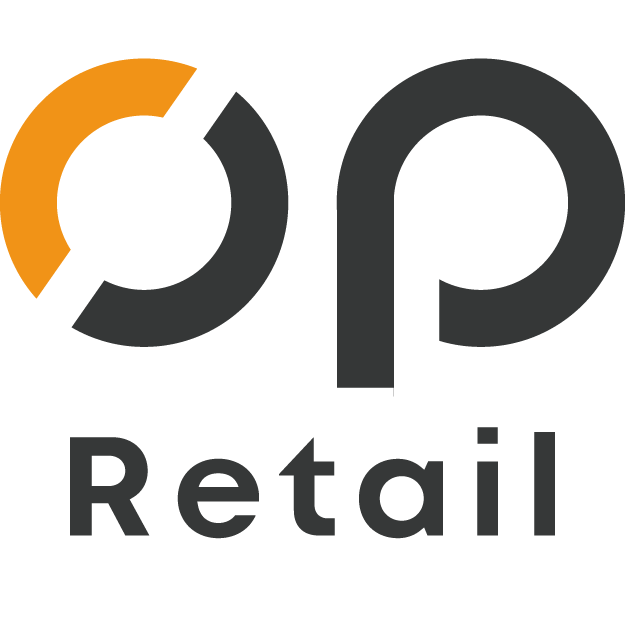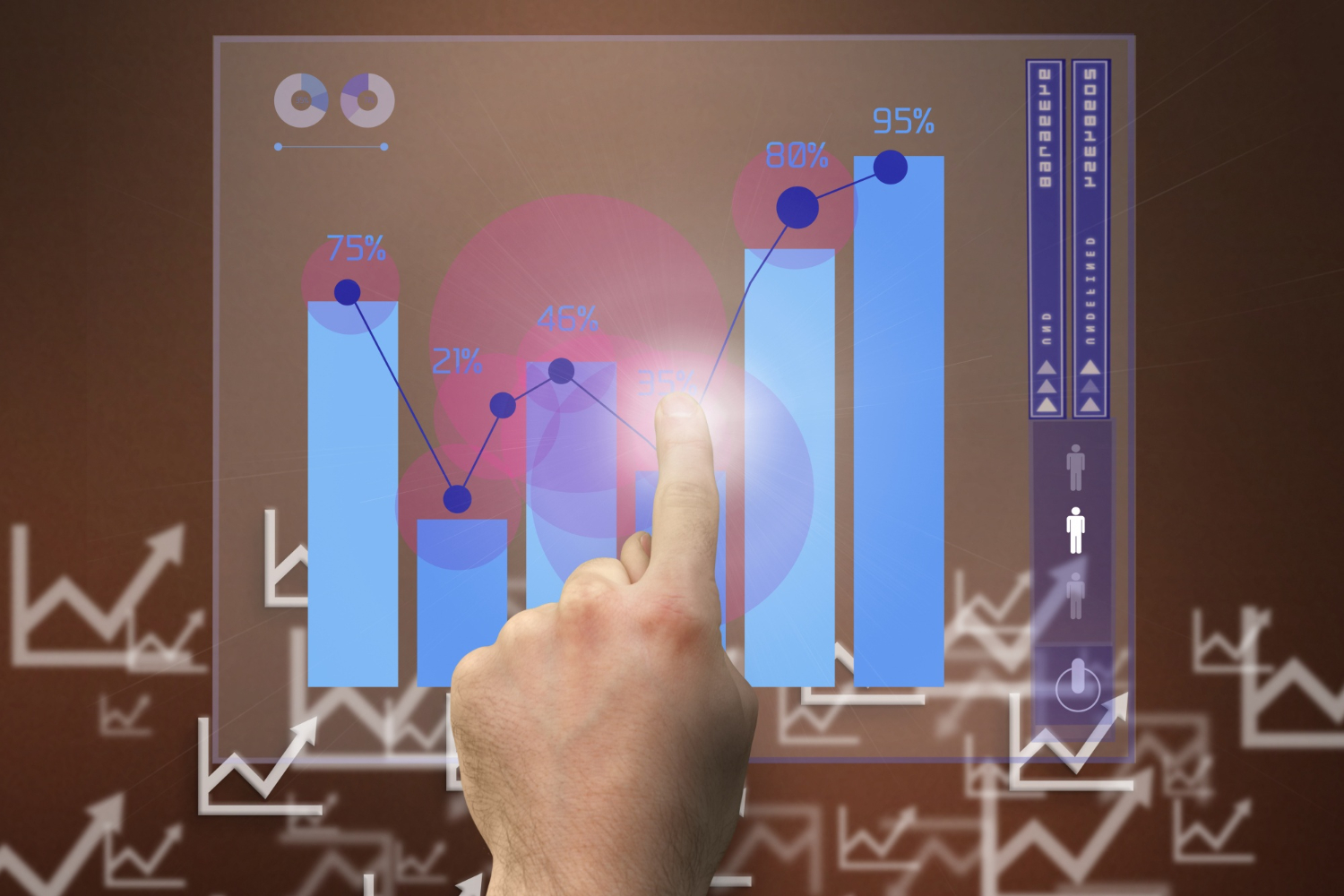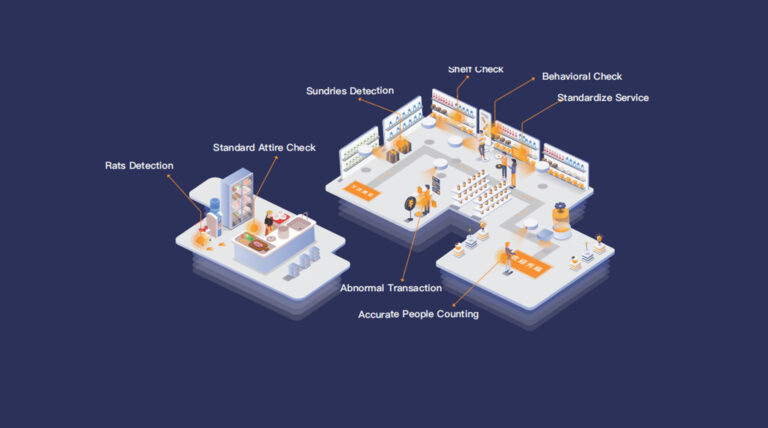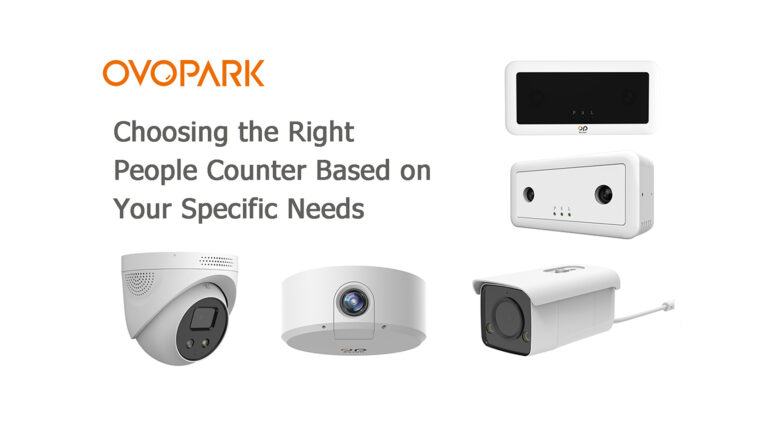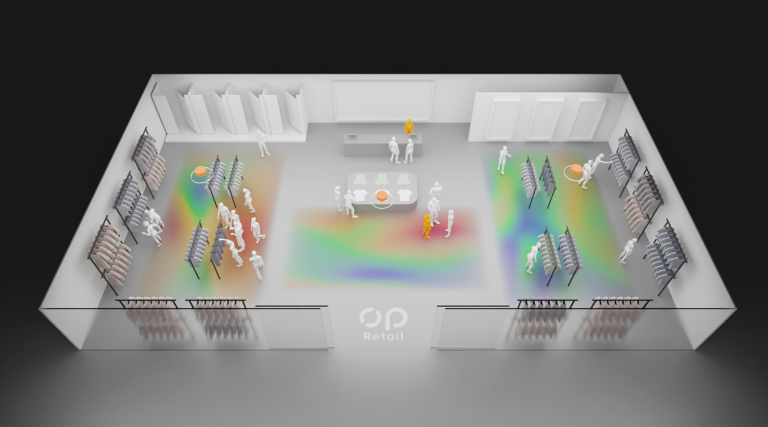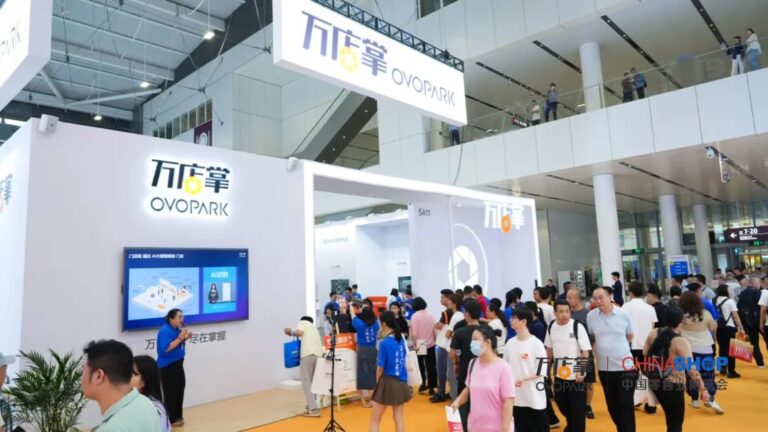Predictive analytics in retail: revolutionizing the retail landscape
The retail industry is undergoing a significant transformation with the advent of predictive analytics. This revolutionary technology offers data-driven insights that empower retailers to make informed choices and stay ahead in the ever-changing retail landscape. In this blog post, we will explore the advantages of predictive analytics in the retail sector and how it is reshaping the operating strategies of successful retailers.
What is Predictive Analytics in the Retail Industry?
Predictive analytics in the retail sector is an technology that harnesses the power of data and machine learning algorithms to forecast future outcomes and trends. By analyzing historical data and customer behavior patterns, this technology empowers retailers to adopt proactive decision-making, optimize operations, and deliver highly personalized customer experiences.
Understanding Predictive Analytics in Retail
At its core, predictive analytics in retail involves the analysis of vast amounts of data, such as sales records, customer demographics, and product preferences. Leveraging complex statistical techniques and machine learning algorithms, it helps retailers generate precise forecasts about future sales, customer demand, and market trends by uncovering hidden patterns and connections.
How Does Predictive Analytics Function?
Predictive analytics in retail encompasses several key steps:
- Data collection: Gathering and consolidating information from various sources, including sales transactions, customer interactions, and external market data.
- Data cleaning and preprocessing: Removing inconsistencies and flaws from the data to ensure its accuracy and utility.
- Data analysis: Utilizing advanced algorithms to extract significant patterns and insights from the data.
- Predictive modeling: Creating models that predict future trends and behaviors based on historical data.
- Utilizing predictions: Making data-driven decisions to optimize inventory management, pricing strategies, marketing campaigns, and other crucial areas.
Different Types of Retail Analytics
There are various types of retail analytics, each serving a specific purpose:
- Descriptive Analytics: Examining historical data to understand what happened, such as analyzing sales numbers and customer behavior.
- Diagnostic Analytics: Identifying the causes behind past events, enabling retailers to gain insights into why specific outcomes occurred.
- Predictive Analytics: Forecasting future trends and behaviors, enabling effective planning and strategy development for retailers.
- Prescriptive Analytics: Recommending activities and methods to optimize business outcomes based on predictions.
Key Benefits of Retail Predictive Analytics
Predictive analytics in retail offers numerous benefits that empower retailers to enhance their operations and customer experiences. Some key benefits include:
- Personalized Marketing: Delivering targeted offers to customers, increasing engagement and loyalty.
- Pricing Optimization: Setting competitive prices based on market trends and customer demand, maximizing revenue.
- Demand Forecasting: Accurately predicting customer demand, facilitating efficient supply chain management.
- Enhanced Customer Experience: Tailoring shopping experiences based on individual preferences, thereby increasing customer satisfaction.
Improving Retail Businesses with Predictive Analytics
Predictive analytics can be applied to various aspects of retail operations to drive growth and improve efficiency. Some areas where predictive analytics can make a significant impact include:
- Customer Segmentation: Identifying and targeting specific customer segments with tailored marketing strategies.
- Dynamic Pricing: Adjusting prices in real-time to align with demand and competition.
- Product Recommendations: Offering personalized product recommendations to enhance cross-selling and upselling opportunities.
- Supply Chain Efficiency: Optimizing inventory levels and streamlining the supply chain to reduce costs and improve delivery times.
- Churn Prediction: Anticipating customer churn and implementing retention strategies to maintain valuable customer relationships.
In Conclusion
Embracing predictive analytics in the retail industry is a transformative game-changer. By leveraging data-driven decisions, optimizing operations, and delivering personalized customer experiences, predictive analytics acts as a catalyst for success.
About OP Retail
OP Retail (Suzhou) Technology Co., Ltd, headquartered in Suzhou, China, offers quality products mainly for retail stores, providing technical solutions for visitor analysis, customer behavior insights, store operation analysis, and more. OP Retail’s solutions are based on the principles of usability, high security, and flexible scalability. For more information, please visit our website or send us inquiries for details.
